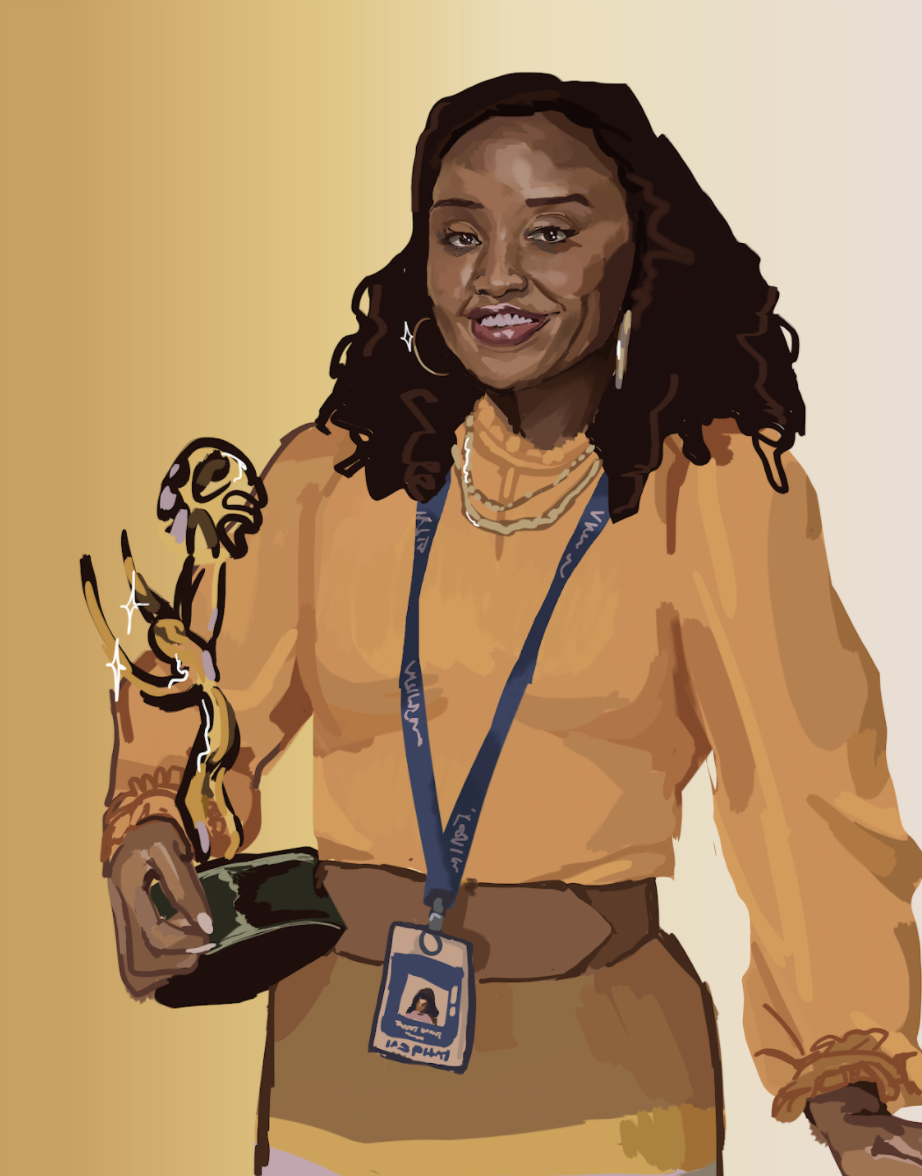Season two of Abbott Elementary does not disappoint. Everything that garnered praise for the first season has held true for the second as it retains all the charm and humor that made it so popular in the first place—and deserving of all 46 (46!) awards it has won in its less than two-year run.
The hit sitcom, hailed as revolutionary, broke barriers not only in terms of casting but also the story it chose to tell. A diverse cast composed primarily of leading ladies and dynamic Black characters tells the tale of a public school and all its woes without sugarcoating the tangible issues they routinely face, including underfunding, poor accessibility, broken facilities, and a general lack of necessary resources.
In real life, these problems are nothing new. Quinta Brunson, the creator of Abbott Elementary who plays second grade teacher Janine Teagues, said in an interview that the show was partially born out of seeing her own mother’s experience as a schoolteacher, and the authenticity of the narrative clearly shines through.
“My mom was a teacher for 40 years in the Philadelphia school district. I was a Philadelphia public school student for most of my, you know, years,” Brunson told ABC Audio. “I rode to school with her in the morning. I stayed with her after school.” From her mom, Brunson heard about every detail of every decision being made “that was going to make her job a little bit harder that year.”
Barbara Howard (Sheryl Lee Ralph), the show’s kindergarten teacher, was modeled after Brunson’s mother. And the students in the show reflect an actual Philadelphia classroom both in terms of their diversity and use of Philly slang. The audience is brought right into Abbott Elementary, aided through the mockumentary style of filming.
Season two of Abbott Elementary starts off with a peek into Janine’s apartment as she tries to get over her breakup with her rapper ex-boyfriend Tariq (Zack Fox). It’s a new start for both Janine and the show as the first season was primarily confined to school grounds. Now the camera follows Janine at home and driving to school, alluding to how much more personal the rest of the season is going to be. The workplace mockumentary has transformed into something more as it begins to capture scenes of home life and family drama.
The inclusion of after-school hours doesn’t detract from the show’s original storytelling goals. Yes, it’s about a school first and foremost, but now the characters are more fleshed out and relatable, leading to a greater understanding of the people that make up this institution. What truly is a school without its teachers and staff?
The expanded perspective allows the show to dive deeper into its main cast, expanding from the more two-dimensional traits from the previous season. Whereas season one establishes the vague caricatures the characters are based off of—Janine, the bubbly rookie teacher whose enthusiasm knows no bounds; Barbara, the wise, matronly veteran teacher; Melissa Schemmenti (Lisa Ann Walter), the hot-headed, outspoken teacher; Gregory Eddie (Tyler James Williams) who puts discipline and order above all else; Jacob Hill, (Chris Perfetti) a classic woke white millennial; and Ava Coleman (Janelle James) whose side hustles and internet stardom prevent her from performing her job as principal—season two takes a dive into their backstories, establishing the parts of them that they may not show while at school.
It turns out that Janine can crash and fall after her breakup, shattering the optimistic and overly positive face she tried so hard to cultivate. Her complicated family issues are revealed when her sister Ayesha (Ayo Edebiri) comes to visit, and an argument unfolds about Janine feeling left behind when Ayesha moved to Denver. Janine also is able to say no to her exuberant mother, who had only come to ask for money. In the end, she learns to be a little selfish, most notably with Gregory whom she rejects in the season finale, despite their ongoing “will-they-won’t-they?” throughout the entire show.
Janine and Gregory’s relationship was highly anticipated, with much of the show’s media coverage exclusively focused on the potential romance. However, boiling down the second season of Abbott Elementary to just their romantic attraction completely disregards the heart and soul of the show: the community itself. Despite how various media outlets portray it, romance is not at the center of this show; it’s a masterfully crafted subplot at best, and only serves its purpose to demonstrate the aforementioned character development. It’s not the romantic relationship itself that matters, but rather the other relationships it fosters, either through friendships formed under the pretense of gossiping about it (like Ava and Melissa who mock the two “lovebirds”) or the friendships necessary to talk through it (such as Gregory and his confidant Jacob).
In some ways, Janine may be considered the primary star of the show, but the key to her growth lies in everyone around her, from the students to the rest of the teachers. It truly takes a village. Even though the episodes feel somewhat formulaic in that there is almost always some issue with Janine (or a younger teacher like Gregory or Jacob) that gets solved after a deep conversation with one of the older teachers (Barbara or Melissa), there is still instant gratification when a conflict gets wrapped up in 25 minutes every week—it is the nature of the sitcom genre, after all. This structure also lends further authenticity to the show and helps humanize the veteran characters, who are later shown as messing up too. It’s what makes Abbott Elementary so special, because just watching the show feels like being in the school itself, learning life lessons right alongside the students and teachers. If I had to give the second season of Abbott Elementary a grade, it’d be an A from me.





